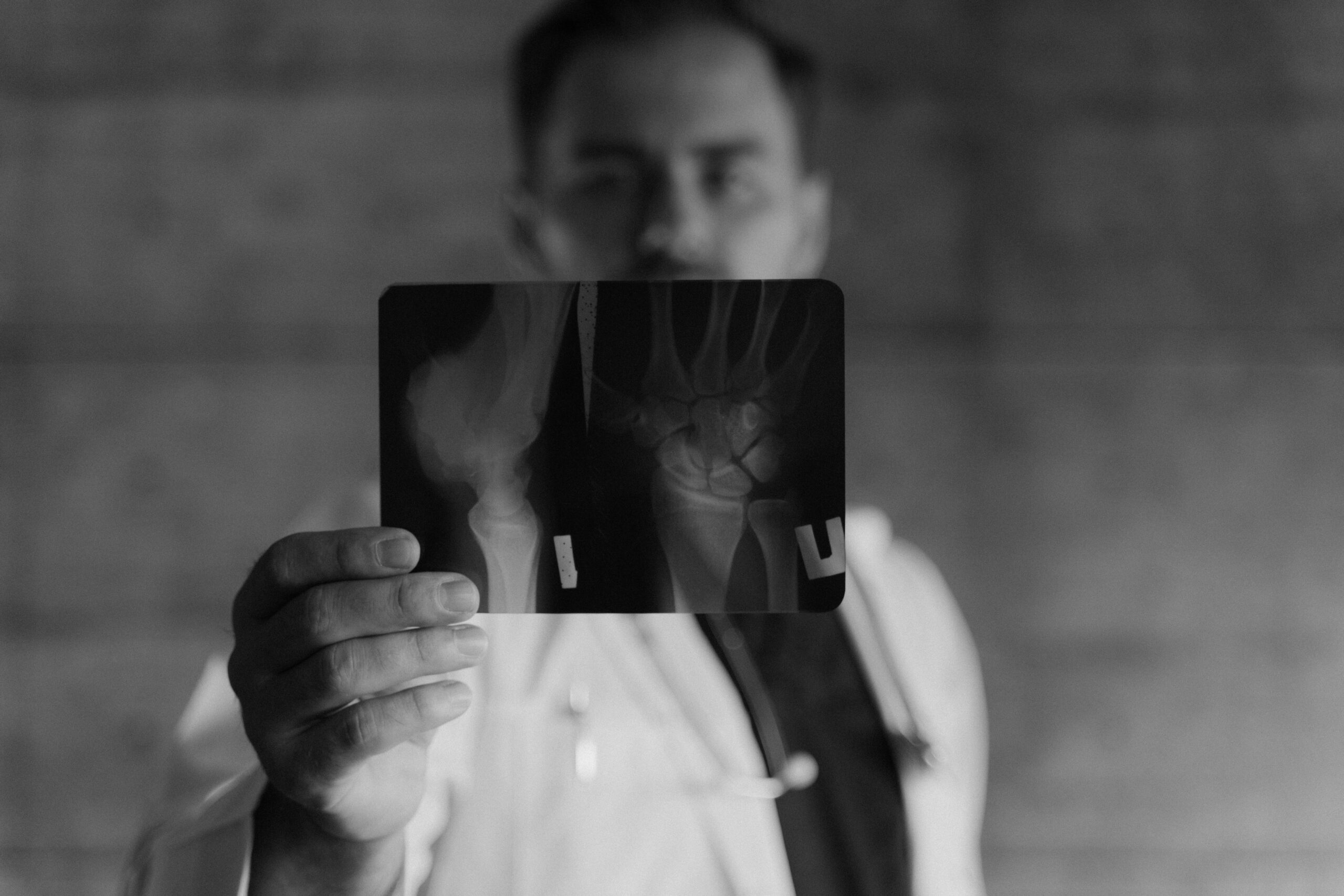Urgent Care CPT Codes Guide: Billing & Coding
Complete List of CPT Codes for Podiatry
Staying abreast of the latest updates in CPT codes for urgent care is crucial for medical professionals, coders, and billing specialists. Current Procedural Terminology (CPT) codes, developed by the American Medical Association (AMA), are used to describe medical, surgical, and diagnostic services, facilitating uniform communication across the healthcare industry.
For urgent care centers, accurate CPT coding ensures proper documentation, efficient billing processes, and optimal reimbursement. This not only impacts the financial health of the practice but also enhances patient care by reducing administrative burdens and preventing claim denials.
Understanding and implementing the latest CPT code updates is essential for maintaining compliance and operational efficiency in urgent care settings.
Urgent Care Medical Billing and Coding Guidelines
Urgent care medical billing and coding guidelines are designed to ensure that healthcare providers accurately document and bill for the services they offer. These guidelines encompass the use of specific CPT codes to describe various medical procedures and treatments, aligning with standardized practices across the healthcare industry.
Adhering to these guidelines is essential for avoiding common pitfalls such as coding errors, which can lead to claim denials or delays in reimbursement. Moreover, proper billing and coding practices help urgent care centers maintain compliance with regulatory requirements, reduce the risk of audits, and improve the overall efficiency of the billing process.
By following established guidelines, urgent care providers can enhance their financial stability and focus more on delivering quality patient care.
- Use the Correct CPT Codes
- Stay Updated with Code Changes
- Accurate Documentation
- Understand Modifier Usage
- Verify Patient Information
- Follow Payer-Specific Guidelines
- Training and Education
- Audit and Review
- Use E/M Coding Correctly
- Compliance with HIPAA
Understanding CPT Codes for Urgent Care
CPT codes, or Current Procedural Terminology codes, are essential for the standardization and efficiency of medical billing and documentation in urgent care settings. These codes describe the medical, surgical, and diagnostic services provided, ensuring that healthcare providers communicate consistently with payers for reimbursement.
Accurate use of CPT codes helps reduce billing errors, expedite claim processing, and maintain compliance with regulatory standards. Among the various codes used, the ‘S’ codes are specifically relevant for urgent care, covering a range of services provided in these fast-paced healthcare environments.
‘S’ Codes for Urgent Care
S9083
- Description: Global fee for urgent care centers.
- Use: This code represents a bundled payment for all services provided during an urgent care visit. It simplifies billing by encompassing the total cost of care rather than itemizing each service.
- Importance: Utilizing S9083 can streamline the billing process, reduce administrative burdens, and provide clarity in reimbursement agreements between urgent care centers and insurance payers.
S9088
- Description: Services are provided in an urgent care center.
- Use: This code is used to indicate services that are specifically rendered in an urgent care setting, distinct from those provided in other healthcare environments.
- Importance: S9088 helps in accurately identifying and billing for urgent care services, ensuring that providers are reimbursed appropriately for the specialized care they deliver. It also assists in data collection and analysis for healthcare utilization in urgent care settings.
Common Urgent Care CPT Codes
In urgent care settings, a variety of CPT codes are used to accurately document and bill for the wide range of services provided. These codes ensure that each procedure, from patient evaluations to specific treatments, is properly recorded and reimbursed.
Understanding the most commonly used CPT codes can help urgent care centers improve billing accuracy, streamline their operations, and enhance patient care.
99201-99205: Evaluation & Management of New Patients
These codes are used for the evaluation and management (E/M) of new patients in an urgent care setting. They range from straightforward visits (99201) to highly complex evaluations (99205).
The level of service provided and the complexity of medical decision-making involved determine which specific code is used. Accurate use of these codes ensures appropriate reimbursement for the time and expertise required to assess and manage new patients.
99211-99215: Evaluation & Management of Established Patients
These codes pertain to the E/M of established patients, reflecting varying levels of service complexity from minimal (99211) to highly complex (99215). Proper documentation of the patient’s history, examination, and medical decision-making is essential for selecting the correct code.
This not only facilitates accurate billing but also enhances continuity of care by ensuring comprehensive patient records.
12001-13160: Wound Repair
CPT codes in this range cover various types of wound repair, from simple closures (12001) to complex repairs requiring multiple layers (13160). The code selected depends on the length, location, and complexity of the wound.
Proper coding of wound repairs is crucial for appropriate reimbursement and for documenting the extent of care provided, which can impact patient outcomes and follow-up care requirements.
10060-10180: Incision & Drainage
These codes are used for incision and drainage procedures, ranging from simple abscesses (10060) to more complex cases involving multiple sites or extensive drainage (10180).
Accurate coding ensures that the urgent care center is reimbursed for the specific type of procedure performed, reflecting the complexity and resources required for effective treatment.
20525-20553: Foreign Body Removal
CPT codes in this series are used for the removal of foreign bodies from various body parts, such as subcutaneous tissues, muscles, or joints. The complexity of the procedure and the location of the foreign body determine the specific code used.
Correctly coding these procedures is vital for documenting the care provided and ensuring that the facility is compensated for the technical skills and equipment utilized.
29000-29799: Splint and Cast Applications
This range of codes covers the application, maintenance, and removal of splints and casts. These procedures are commonly performed in urgent care settings to treat fractures, sprains, and other injuries.
Accurate coding of these services is important for billing purposes and for maintaining a clear record of the patient’s treatment plan and progress.
How Does the Urgent Care Billing Process Work?
The urgent care billing process is a critical aspect of healthcare administration, involving several steps to ensure accurate and timely reimbursement for services rendered. This process begins from the moment a patient walks into the clinic and continues until the clinic receives payment for the services provided.
Effective management of the billing process is essential to maintain the financial health of the urgent care center and to enhance patient satisfaction by minimizing billing errors and delays.
Here are the key steps involved in the urgent care billing process:
Patient Registration: Collect and verify patient information, including personal details, insurance coverage, and reason for the visit.
Insurance Verification: Confirm the patient’s insurance eligibility and benefits to determine coverage for the services to be provided.
Documentation of Services: Accurately document all medical services and procedures performed during the patient’s visit, including any tests, treatments, or medications.
CPT and ICD Coding: Assign appropriate CPT codes for procedures and ICD codes for diagnoses, ensuring that all codes are current and specific.
Claim Submission: Prepare and submit the insurance claim, including all necessary documentation and coding information, to the patient’s insurance company.
Claim Scrubbing: Review the claim for any errors or inconsistencies before submission to reduce the likelihood of rejection or denial.
Insurance Processing: The insurance company reviews the claim, processes it, and determines the amount of reimbursement based on the patient’s coverage and the services provided.
Payment Posting: Post the received payment to the patient’s account, including any adjustments or write-offs.
Patient Billing: Send a bill to the patient for any remaining balance not covered by insurance, such as copayments, deductibles, or coinsurance.
Follow-up and Appeals: Follow up on unpaid or denied claims, and if necessary, file appeals to resolve any issues and secure payment.
Reporting and Analysis: Generate reports to analyze the billing process, identify trends, and make improvements to enhance efficiency and compliance.
Conclusion
Urgent care CPT codes are essential for the accurate documentation and billing of services in urgent care settings. By understanding and correctly applying these codes, healthcare providers can ensure proper reimbursement, streamline their billing processes, and maintain compliance with industry regulations.
Familiarity with common CPT codes allows urgent care centers to efficiently manage their operations, reduce administrative errors, and focus on delivering high-quality patient care.
Staying updated with the latest CPT code changes and guidelines is crucial for optimizing the financial health of the practice and enhancing overall patient satisfaction.





